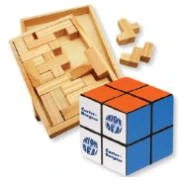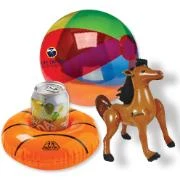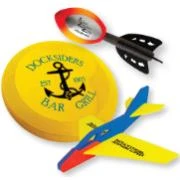Imprinting Techniques
Screen Printing / Silk Screening - Screen printing typically uses a fabric stretched tightly over a frame. Images are created by blocking parts of the screen using various techniques. Ink is forced through the open areas of the screen onto the surface of the object. A separate screen must be created for each color to be printed and colors must be applied in passes allowing drying time between each. This is the most common method of imprinting on promotional items and apparel such as T-shirts.
Embroidery - A design stitched onto a material through the use of high speed, computer controlled sewing machines. Artwork must first be "digitized," which is the specialized process of converting two-dimensional artwork into stitches or thread. The digitizer must actually recreate the artwork using stitches. Then it programs the sewing machine to sew a specific design, in a specific color, with a specific type of stitch. This is the process known as digitizing. Embroidery is most commonly used on logo patches, apparel and caps or hats.
4 Color Process Printing - Four-color process printing is a process in which we start with finished full-color artwork and separate out the three subtractive primary colors of yellow, cyan, magenta, plus black. A program creates separate films that are then printed with special process inks and the resulting print appears just like the original artwork. This is the same basic technology used in your home or office ink jet printer.
Offset Printing / Lithography - This process uses an intermediate blanket cylinder to transfer an image from the image carrier to the substrate. This technology is most common in high quality high volume printing production.
Sublimation - A printing method in which the color (toner or ink) is thermally converted to a gas that hardens on the special substrate used by the printer. When printers use this process, the output appears in the form of soft-edged dye spots that produce smooth, continuous tones. A newer process used on a wide variety of materials.
Engraving / Laser Engraving- The general term for incising lines directly into a metal plate or, in the case of wood engraving, an end grain block of hard wood. Laser engraving uses a laser to vaporize a preprogrammed pattern into the surface of the material.
Etching - A process in which an image is first covered with a protective coating that resists acid, then exposed, leaving bare metal and protected metal. The acid attacks only the exposed metal, leaving the image etched onto the surface.
Pad Printing - A recessed surface is covered with ink. The plate is then wiped clean, leaving ink in the recessed areas. A silicone pad is then pressed against the plate, pulling the ink out of the recesses, and pressing it directly onto the product.
Thermal Transfer - Thermal transfer is a technology that uses heat to deposit dye or resin onto a finished product. It works by using heat and pressure to transfer the ink off the ribbon and onto the substrate that it is in contact with.
Emboss / Deboss - Embossing impresses an image into the surface in relief creating a raised image. Desossing is just the opposite and creates an image pressed into the surface of an object.
Decal Transfer- An artwork imprint method where the decal is printed on an offset or letterset press, submerged in water and placed on the product. Excess water and air is squeegeed off and the product is kiln-fired, a process that fuses the decal with the glaze. Most often seen on glass, china, porcelain and ceramic products.
Hot Stamping- A dry artwork imprinting process in which a design or type is set on a relief die that is subsequently impressed with heat and pressure onto the printing surface.
Offset Lithography (OFFset Printing)-A printing method in which an inked image on a flat plate is transferred to a rubber surface before being pressed on the printing surface. The plate surface is treated to accept greasy ink in image areas that resist water and to accept water in non-image areas while resisting ink. In this method of printing, the ink is less likely to rub off after an object is handled as often happens with letterpress printing.
Die-Struck (Die-Stamp)-A die is used to press an image into a softer metal such as brass or gold. The die is put into a press, and the press is released and actually squeezes the metal into the recess of the die making the imprint on the metal. The height of detail is not as deep as casting; the letters and images are shorter. Fine detail and deep images cannot be achieved because the lines and gullies in the die may break during the striking process. Used in metals such as medals, coins and belt buckles.
Die-A mold into which molten metal, plastic or other material is forced to make a special shape, such as pen barrels or rings. Also a tool made of very hard material used to press a special shape into or onto a softer material such as coins and emblems
Letterpress Printing-The original method of mechanical printing, still used though to a lesser extent, based on relief printing. In other words, the ink is transferred from raised metal or rubber to the receiving surface. Also called rubber-plate printing.


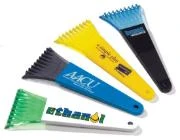
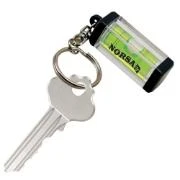
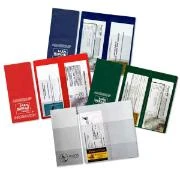
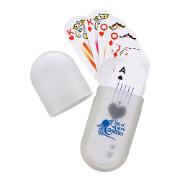
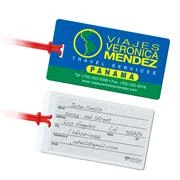
 (1).webp)
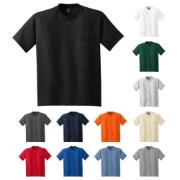
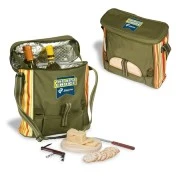

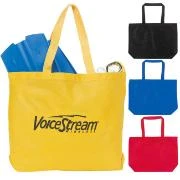

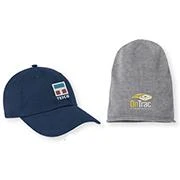
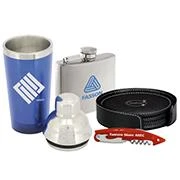
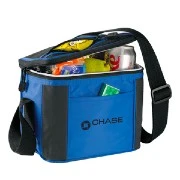
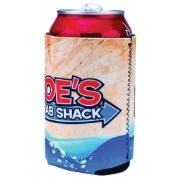



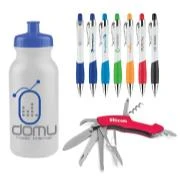
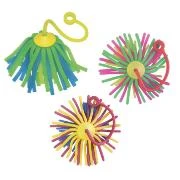
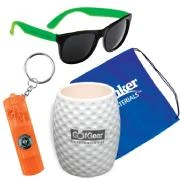
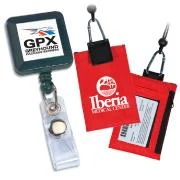
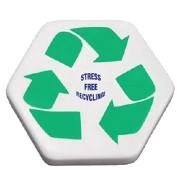
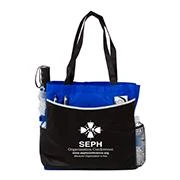
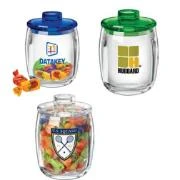

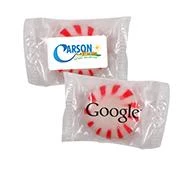



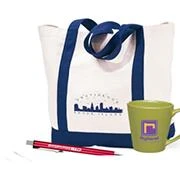
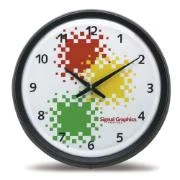
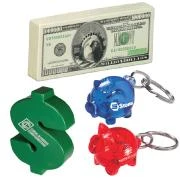
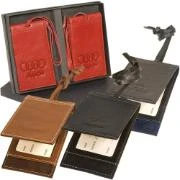


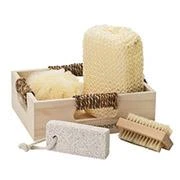

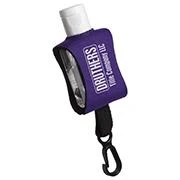
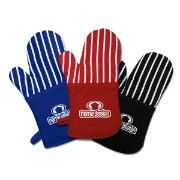
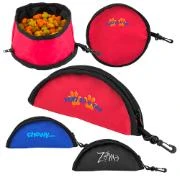
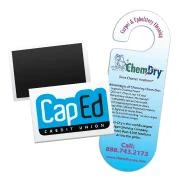

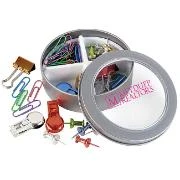

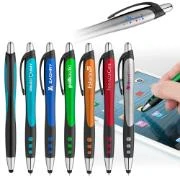
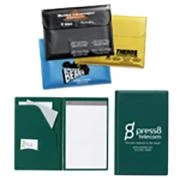
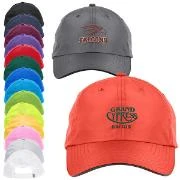
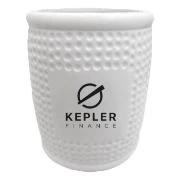
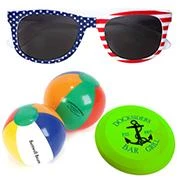


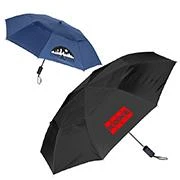


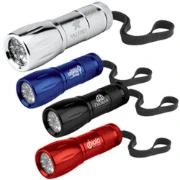
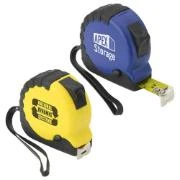

.webp)
